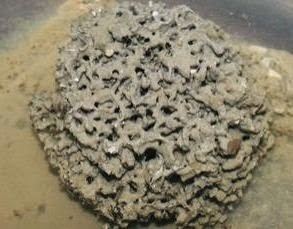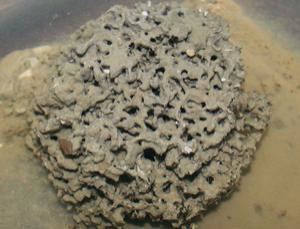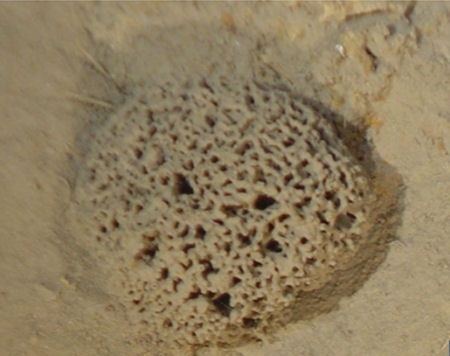Class Xenophyophorea Scientific name Syringammina fragilissima Rank Species Family Syringamminidae | Genus Syringammina Order Psamminida | |
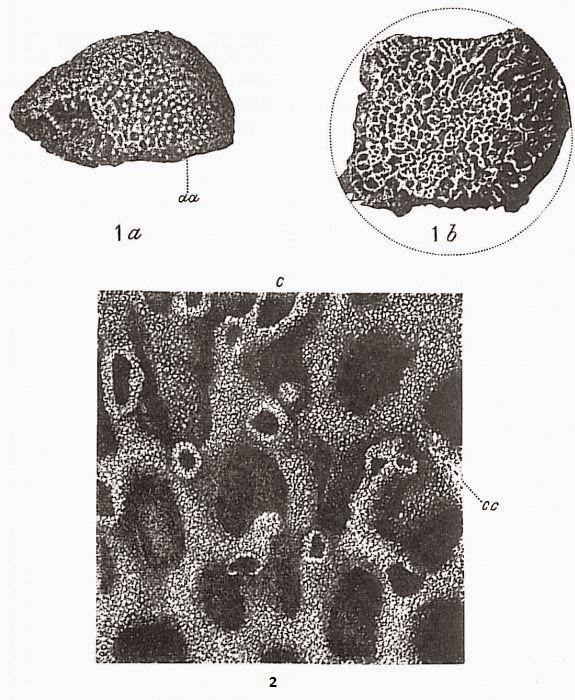 | ||
Similar Xenophyophore, St Kilda house mouse, Salvelinus killinensis, Herbertus borealis, Salvelinus inframundus | ||
Syringammina fragilissima is a xenophyophore found off the coast of Scotland, near Rockall. It is the largest single-cell organism known, at up to 20 centimetres (8 in) across. It was the first xenophyophore to be described, after being discovered in 1882 by the oceanographer John Murray.
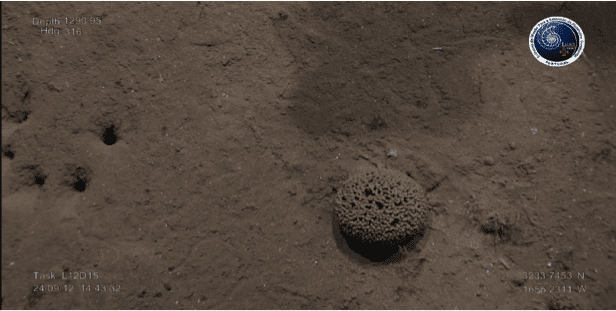
The cell grows into hundreds of branched and interconnecting tubes, which secrete an organic cement to collect particles of sediment and sand, forming a crusty structure called the test. As the test grows, the cell withdraws from parts of it, which are then colonised by other organisms, such as nematodes. It is unusual in that the cell is multinucleate (it has multiple nuclei).
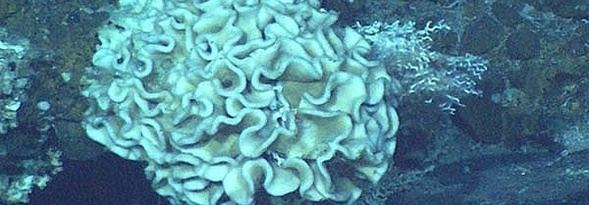
It is not known how the organism feeds or reproduces. However, it has been shown to have high concentrations of lipids within its cytosol, which suggests that it may feed on bacteria from the sediment that makes up the "sand tubes."
